April 13, 2025 | 21:10 GMT +7
April 13, 2025 | 21:10 GMT +7
Hotline: 0913.378.918
April 13, 2025 | 21:10 GMT +7
Hotline: 0913.378.918
Mr. Nguyen Khac Pho, Director of Con Dao National Park Management Board, said that the unit has completed the second field survey to evaluate and report to the Ba Ria-Vung Tau Provincial People's Committee on the situation of coral death and bleaching in the area. The survey was conducted with the participation of experts from the Institute of Oceanography under the Vietnam Academy of Science and Technology.
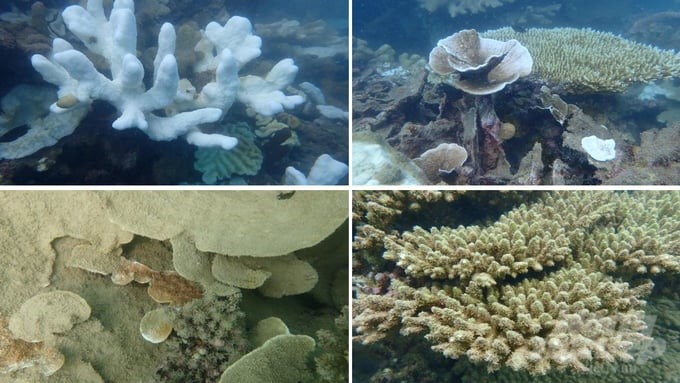
Coral in Con Dao continues to be bleached, dead, and covered with algae, settling in many sites. Photo: Nguyen Van Vung.
The survey area was in the second coral bleaching area with eight reef sites: four sites in the southeast and four sites in the northwest of the Con Dao archipelago. The survey also quickly evaluated three coral planting sites for restoration carried out in 2018–2019 in the Dat Doc area of Cat Lon Beach (Bay Canh Island) and the southern area of Hon Tai.
Through the survey, experts found that the seawater temperature at the sea surface and bottom at the time of this second survey remained at a threshold of 29–30 oC, a decrease of 2–3 oC compared to June 2024.
"After more than a month of bleaching, reef sites in the southeast of the island have a much higher rate of dead coral covered with algae than reef stations in the northwest. Coral died on both reef flats and reef slopes. In particular, coral at a depth of 2–4 m died more than coral at a depth of 5–14 m, and coral at the deep zone is still continuing to be bleached," Mr. Pho informed.
Coral in areas such as Dam Tre, Hon Cau, Hon Tai, Cua Ga, Cat Lon Beach, and Dat Doc died 80–90% in the shallow zone and continued to be bleached about 90% in the deep zone. In the areas of Ong Cuong and Ong Dung beaches, less coral died (about 50%) and showed signs of slow recovery.
Corals in the Northeast and Southeast died more than in the Northwest and Southwest. The main cause is that the seawater temperature has remained above 30 oC for a long time. Besides, the Con Dao area is starting the rainy season, leading to a lot of suspended matter and sediment deposited on the reef that cause coral to reduce its photosynthetic ability and recover slowly.

The assessment of coral bleaching due to the effects of climate change was carried out at eight sites in the Con Dao area. Photo: Nguyen Van Vung.
Through a series of actual data exploited from the bleaching warning system of Coral Reef Watch (CRW) until August 1, 2024, the Con Dao area has dropped to a level that is no longer affected by temperature pressure that causes bleaching. However, in August–September, coral in Con Dao still continued to be bleached at high and dangerous levels.
According to forecasts of the National Oceanic and Atmospheric Administration (NOAA), in the coming months, it can be identified that coral in the Con Dao area will continue to be bleached and die in the coming time, reducing the coral coverage on the reef and affecting reef quality, as well as changing the ecological functions of coral reefs in Con Dao.
The Con Dao National Park Management Board said the unit is continuing to implement programs to observe, supervise, and closely monitor the situation of coral bleaching on the bottom components, reef fish density, bottom animal density, and threats and impacts on coral reefs in the coming time.
Con Dao National Park's plan to plant and restore coral in 2024 must also be postponed because the coral on the reef has a very weak ability to recover after being bleached and dead. The parent coral breeding grounds that are expected to fragment the conglomerate are no longer able to provide seed sources for planting.
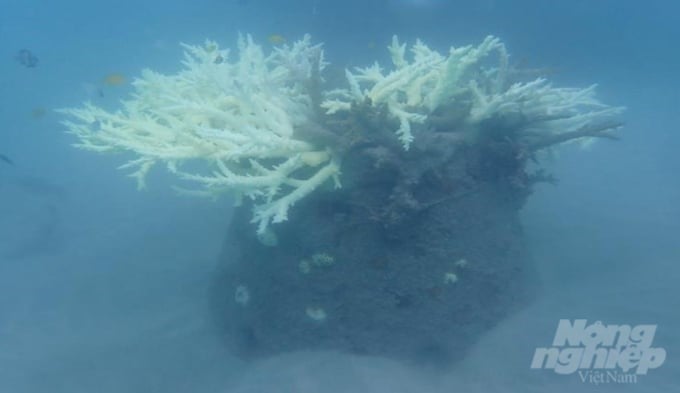
Coral planted and restored on concrete tank substrates in 2018–2019 was also bleached and died at Bay Canh Island. Photo: Nguyen Van Vung.
The Con Dao District People's Committee and Con Dao National Park recommend that the residential community, residents, and tourists minimize fishing and tourism activities at Ong Cuong Beach and Ong Dung Beach, aiming to join hands to protect potential reef areas as breeding grounds to serve future coral planting plans for restoration.
Translated by Thu Huyen

(VAN) According to Deputy Prime Minister Bui Thanh Son, through this P4G Summit, Vietnam aims to convey the message of transforming its growth model towards rapid and sustainable development.

(VAN) Soybean production has been a priority for China to ensure food security, with increased soybean cultivation and yields highlighted in the annual No. 1 Central document.
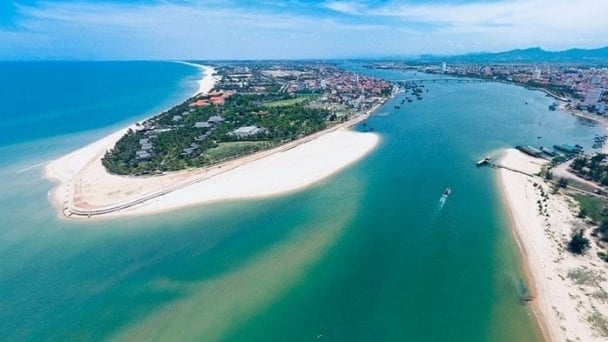
(VAN) Vietnam Sea and Islands Week 2025 is expected to take place in Quang Binh, featuring a series of meaningful activities aimed at protecting the ocean through green technology solutions.
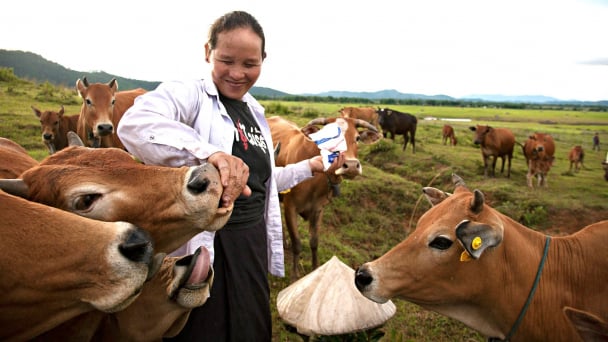
(VAN) The One Health approach is no longer merely an option, as increasingly complex challenges confront health and food systems.
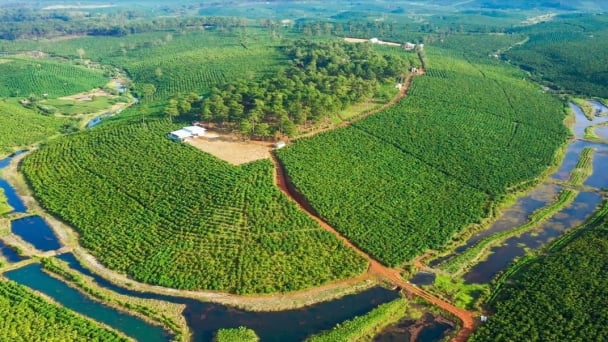
(VAN) The project promoting sustainable coffee production, with a focus on waste management and raising farmers’ awareness, has achieved many positive results after nearly two years of implementation.
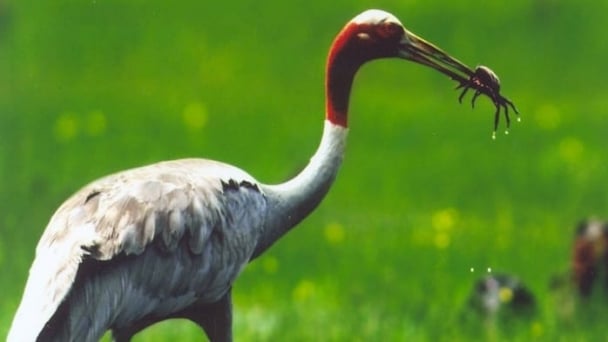
(VAN) Transferring and receiving 6 individuals of the red-crowned crane from Thailand to Vietnam marks a significant milestone in the conservation efforts for this species.
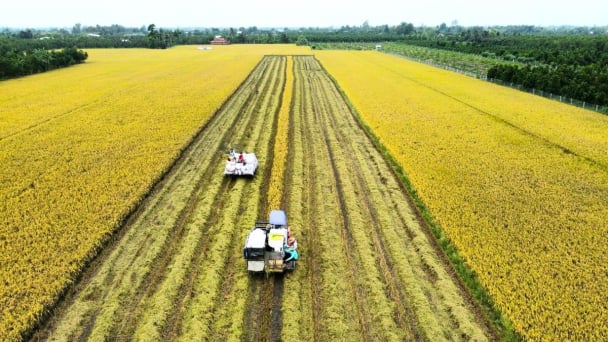
(VAN) After more than a year of implementation, the One Million Hectares of High-Quality, Low-Emission Rice project has completed the first steps, but it needs breakthrough solutions to deepen impacts in the upcoming phase.